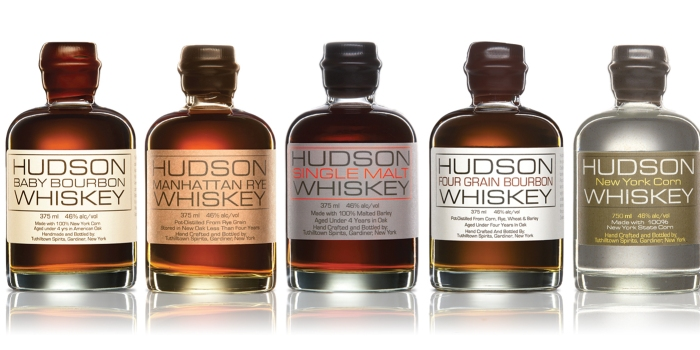I had lunch yesterday with Han Shan, the brand ambassador for Hudson Whiskey. We spent some time sampling the company’s portfolio of spirits (including their new Maple Cask Rye, which is finished in maple syrup barrels), as well as discussing the craft spirits industry.
One topic of conversation was the difficulty in scaling a craft product while still remaining true to the local, artisan feel that goes along with a craft brand. Shan agreed that it’s a difficult tightrope to walk, and says he spends a lot of time thinking about that problem.
That’s not to say Hudson has reached that tipping point yet where the company needs to decide whether to abandon its local manufacturing in order to satisfy demand (although I’m sure it’s not the kind of problem William Grant would complain about). But at some point craft brands are faced with that decision, if they’re successful enough.
Boston Beer handled the problem of retaining its craft image masterfully by changing the definition of craft beer and utilizing Jim Koch’s unrivaled enthusiasm for beer to appeal to consumers. Tito’s Vodka is currently dealing with a similar problem, and it remains to be seen how well the company will handle its transition into the national spotlight.
Thanks to a partnership with William Grant, Hudson Whiskey became available nationwide in a short span of time – though its market share is still well within the definition of a craft spirit. But if Hudson continues to grow, the company may be faced with the reality that the Tuthilltown Distillery in New York and local farms supplying ingredients can no longer handle consumer demand. It will be interesting to see what they do if and when that time comes.
NOTE: More to come from my conversation with Shan in an upcoming issue of Beverage Dynamics.
Full Disclosure: Hudson covered the cost of my lunch with Han Shan.



